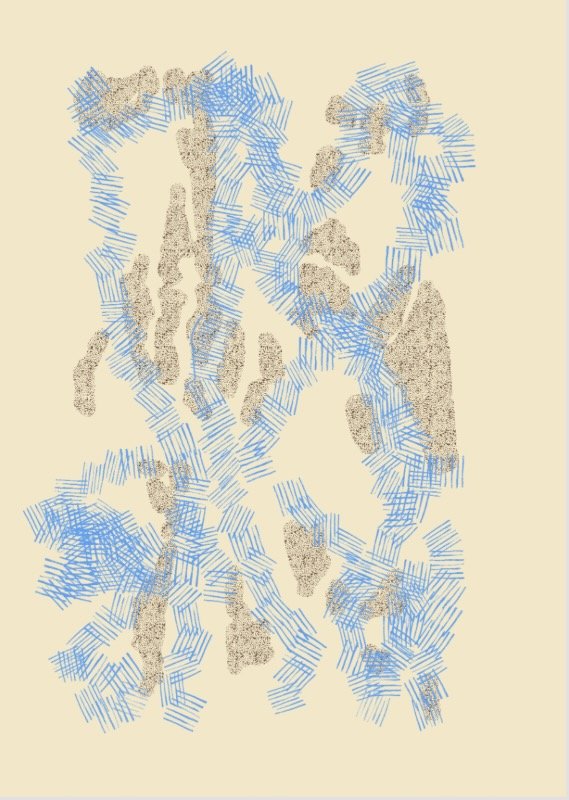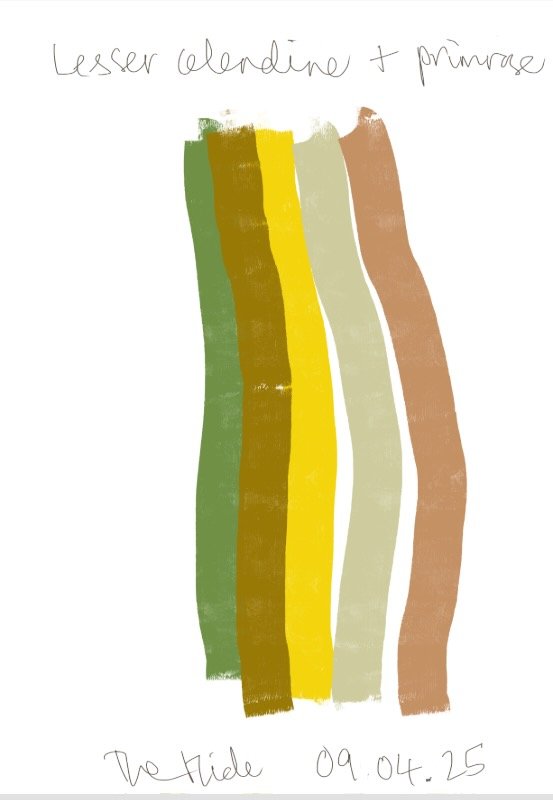Mapping Place - Tracey’s exchange
“As an artist-gardener, I sought refuge at The Hide to immerse myself in gardening and focus on my artistic practice.”
Gardening, a practice that seamlessly blends artistic expression with ecological stewardship, inherently presents tensions between aesthetic desires and environmental responsibility. I’m acutely aware of the unseen lives and delicate systems within gardens, transforming them into sites of creative intervention and environmental responsibility.
Through residencies and community initiatives, I cultivate ecological consciousness while preserving cultural significance, challenging the notion that gardens are merely curated spaces. My aspiration is to establish sustainable relationships with land, materials, and community, aligning with seasonal rhythms and deepening ecological awareness through everyday actions.
During my residency at The Hide, I embarked on a journey of mapping place, a process that involves memory, ecology, language, and emotions. I strive to blur the lines between artist, gardener, and activist, seeking grounded, connected, and life-sustaining ways of creating by detaching from extractive systems. Mapping, in my view, aligns with this notion and engages more deeply with place. I’m currently experimenting with new tools for this work, which I plan to develop further in a project that explores my Irish ancestry and connection to land.
I spent four hours each morning gardening. The rest of the time, I focussed on my work and explored the local area. Weeding and tidying the main border was challenging due to the dry spring that has hardened the clay soil. I also weeded paths and gravel, removed nettles, planted a Euphorbia, cut back ferns, removed dead branches from trees, installed a cement mixer as a plant pot, and planted a rose sown with wildflower seeds in it. I created a new habitat for wildlife using chopped woody garden waste and mulched the borders with compost.
In contrast to city life, staying at The Hide was a delightful experience. Birdsong served as my morning alarm, and the sound of woodpeckers accompanied my work. Bees buzzed around comfrey, Pulmonaria, and Lamium’s in the borders, while wild garlic, primrose, and lesser celandine surrounded the shepherd’s hut where I slept. Cow parsley and Lord La Bourne apple flowers bloomed. A highlight was catching up with a local friend I hadn’t seen in years (thanks to Alice for organising) and watching a pheasant lay an egg on the doormat!
From Piers, I learned about the topography of the area. I discovered that the local commons have always been grazed by cattle, never using pesticides, which explains the impressive diversity of flowers. In a few months, the commons will be covered in wild orchids, including bee orchids, which I hope to see one day.





